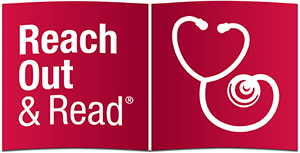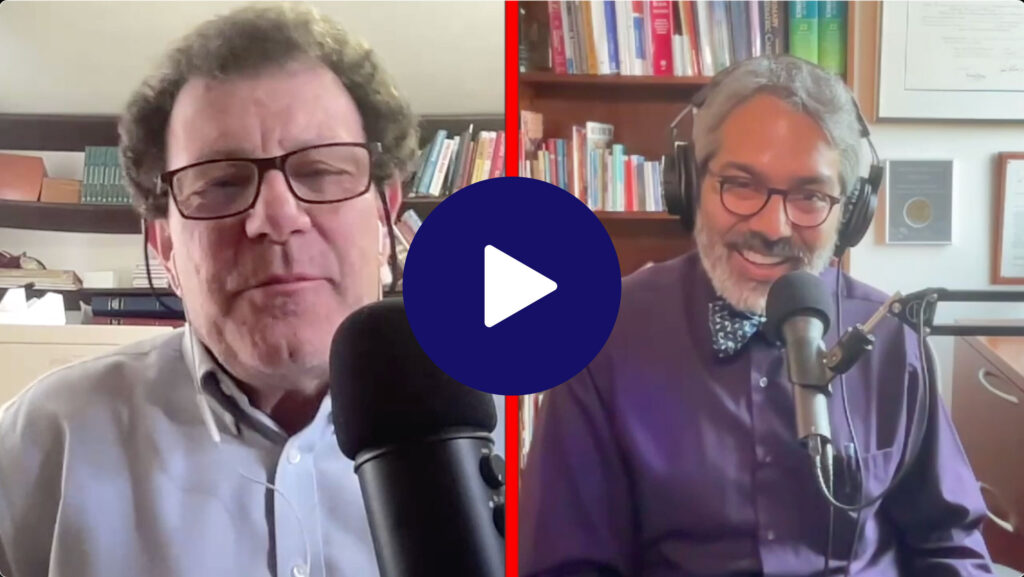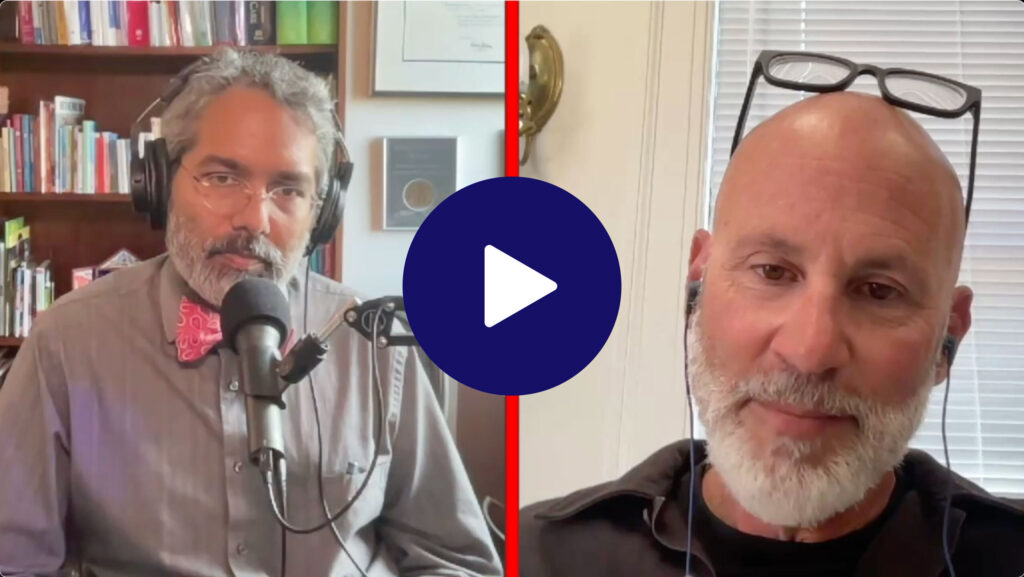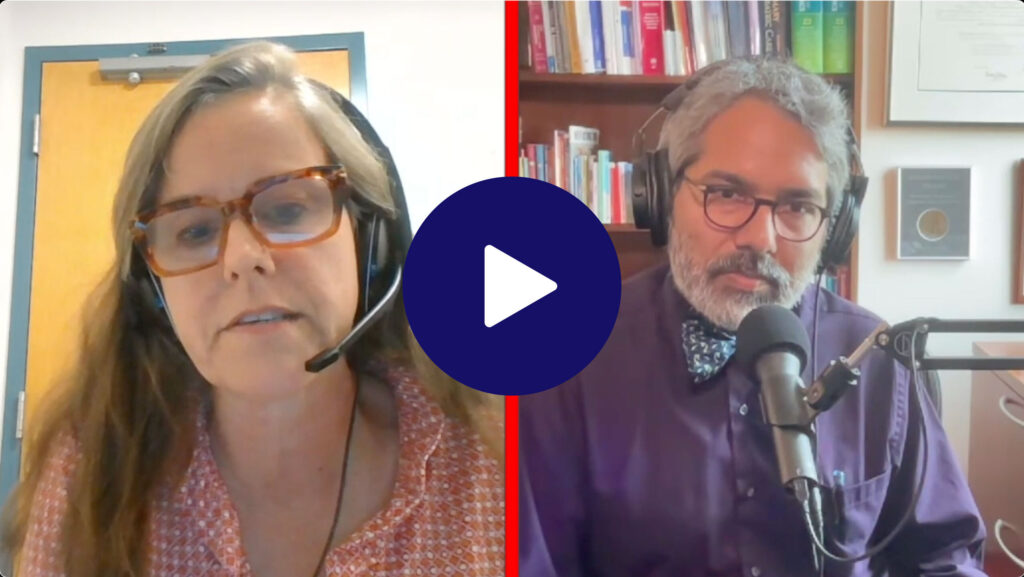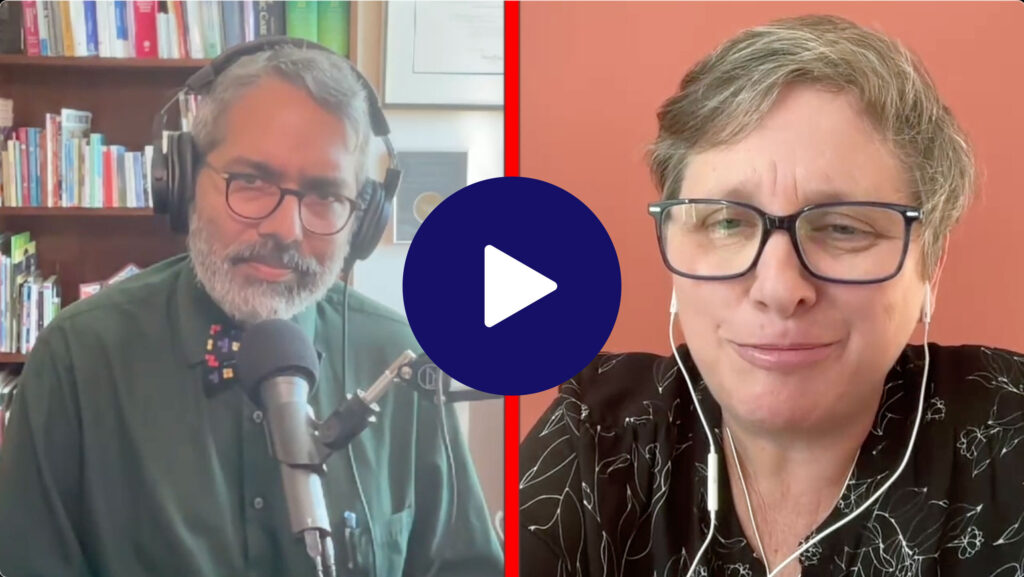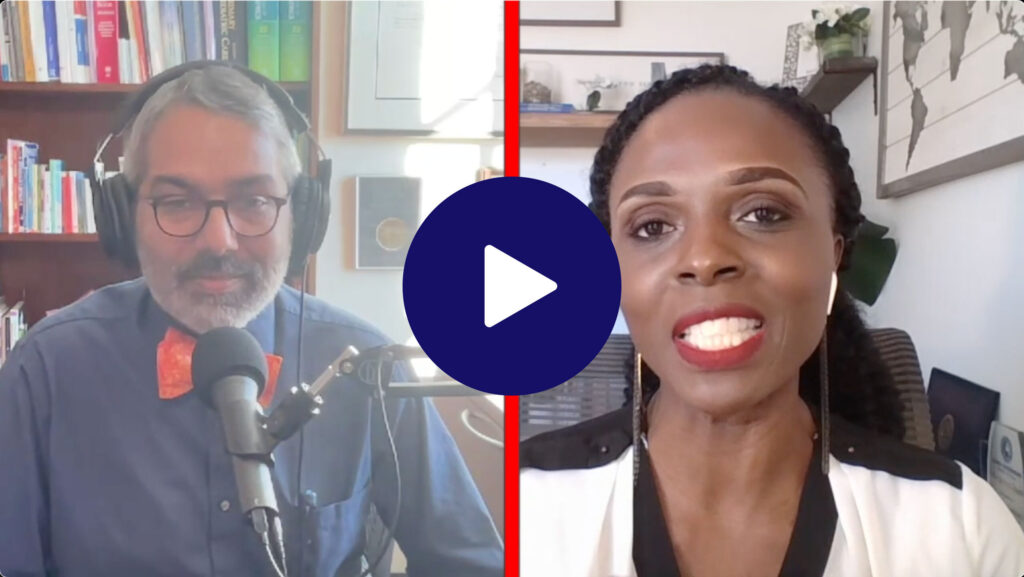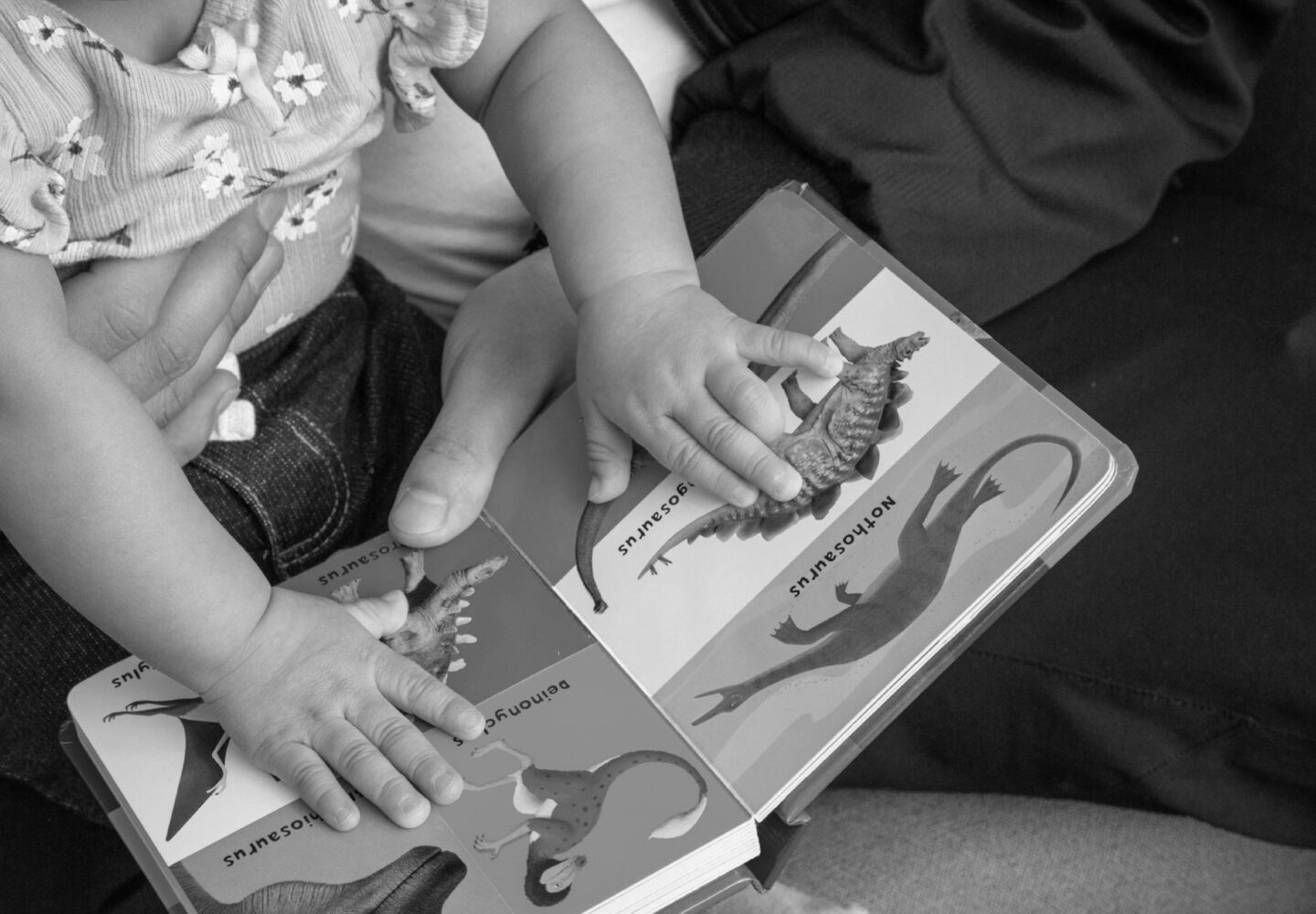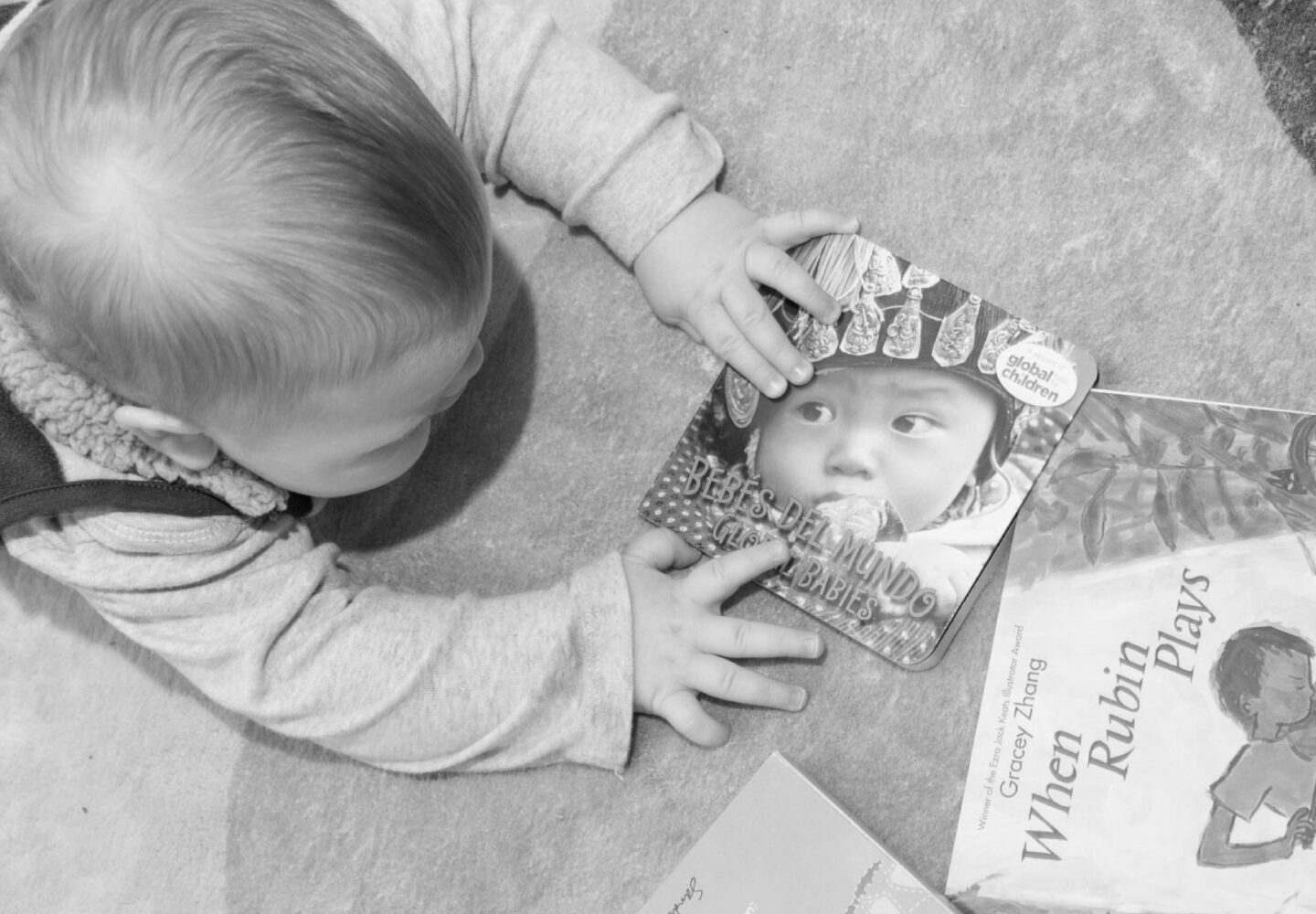
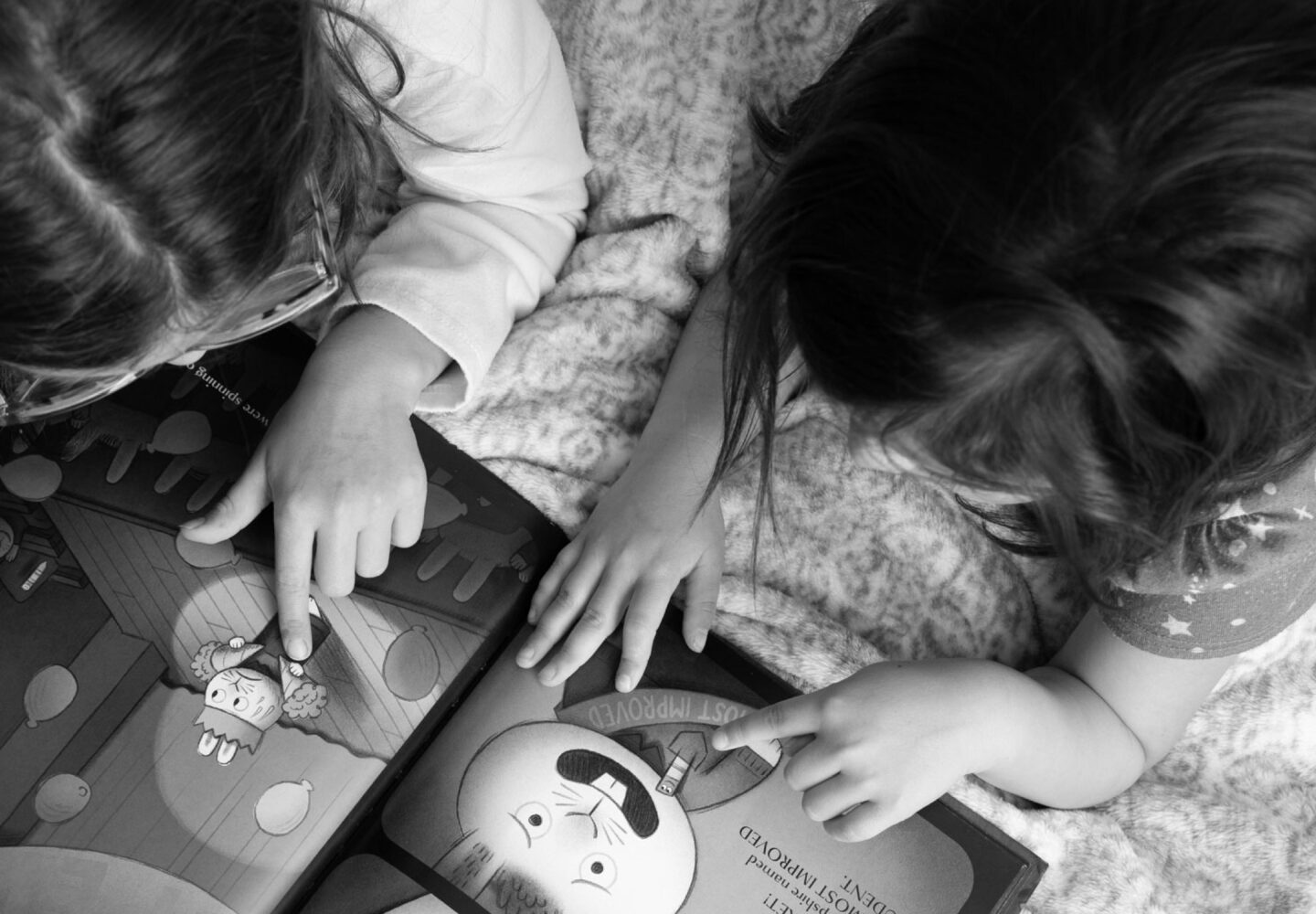
According to the U.S. Census Bureau, 10 million children — 13.7 percent of children under 18 — are living in poverty. Those children are three times as likely to experience Adverse Childhood Experiences (ACEs), which can have long-term impacts on health and well-being.
In addition to our regular programming, the podcast for Reach Out and Read, a national nonprofit at the forefront of promoting early childhood literacy and relationships as part of pediatric care, launched a limited five-part series featuring experts on the childhood poverty epidemic and its lifelong impact on children. Dropped biweekly in the fall of 2024, the series featured a variety of child development experts and focused on how early relational health and learning can work to mitigate poverty’s impact.
- How we can frame conversations about public issues that seem insurmountable — like poverty — so people will listen
- What the data says in terms of how to study childhood poverty
- What on-the-ground, large, organizational structures like home-visiting programs can reveal about what families need to thrive
- The research behind how positive interpersonal approaches with children can mitigate the effects of poverty-related ACEs
